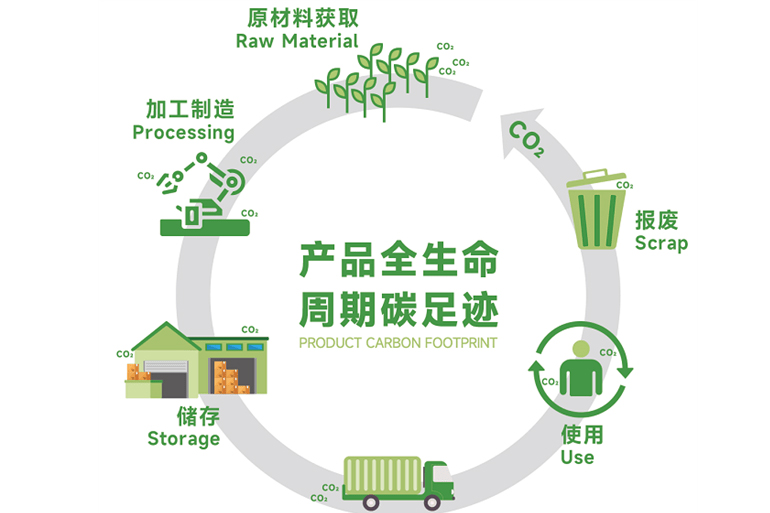
Recycled Aluminum Ingots A Shining Pearl on the Low-Carbon Road
Recycled Aluminum Ingots: A Shining Pearl on the Low-Carbon Road
I. The Rising Trend of Recycled Aluminum Ingots
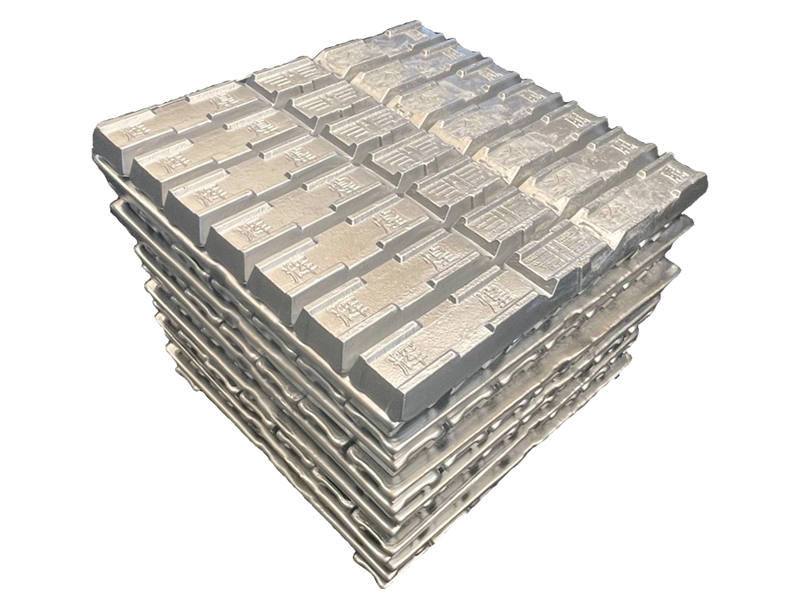
In 2023, China's domestic recycled aluminum production capacity was expected to reach 15 million tons. According to recycled aluminum experts, the production capacity is expected to increase to 18 million tons by 2025. Meanwhile, in 2023, China's recycled aluminum output was expected to reach 9.6 million tons. Preliminary statistics from Aladdin (ALD) showed that by the end of 2023, the completed production capacity of domestic recycled aluminum in China was 27.4933 million tons. Among them, the East China region ranked first in the country's production capacity with sufficient supply of scrap aluminum and a large number of downstream industries, having a completed recycled aluminum production capacity of 13.245 million tons, accounting for 48.26%. The South China region ranked second, with a combined production capacity of 4.39 million tons in Guangdong and Guangxi, accounting for 15.95%.
In 2020, China's recycled aluminum output was 7.25 million tons, the production capacity was about 10 million tons, and there were approximately 600 recycled aluminum enterprises. In recent years, China's recycled aluminum output has continued to rise. In 2021, China's recycled aluminum output was 8.3 million tons, a year-on-year increase of 12.16%. In 2022, the output of China's recycled aluminum industry reached a certain scale, and the amount of scrap aluminum recycled also continued to grow. In 2022, the domestic amount of recycled scrap aluminum reached 8.76 million tons. Against the background of the "dual carbon" goal and policies restricting "high energy consumption and high pollution" industries, recycled aluminum has an advantage in energy consumption. The carbon emissions of recycled aluminum are only 3% of the entire process of electrolytic aluminum. Developing the recycled aluminum industry has become an important way to solve the resource problem for the development of the aluminum industry and achieve carbon emission reduction in the aluminum industry. It is expected that the output of recycled aluminum will exceed 10 million tons by 2025. Against the backdrop of the era of green development, the recycled aluminum industry has huge prospects for development.
II. Carbon Footprint Accounting of Recycled Aluminum Ingots
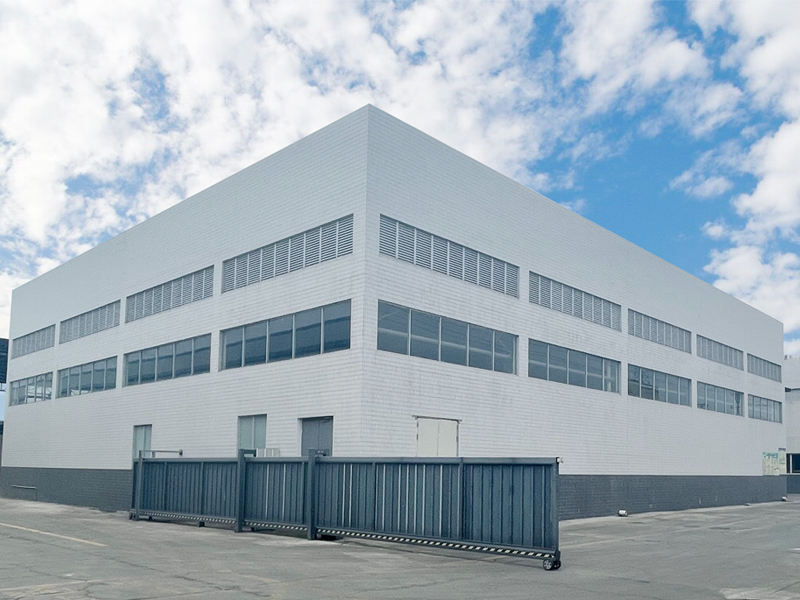
(I) Accounting Methods in International Practice
Internationally, certain achievements have been made in the accounting methods for the carbon footprint at the aluminum product level. For example, institutions such as the International Aluminium Institute (IAI), the Aluminium Stewardship Initiative (ASI), and the International Organization for Standardization (ISO) have all actively carried out relevant work. Among them, the principle of fixed accounting boundaries ensures that the carbon footprint of products among aluminum enterprises with different business scopes and product structures is comparable. The fixed accounting boundaries cover the key emission-intensive processes throughout the entire supply chain, including the upstream, covering most of the emissions in the carbon footprint of aluminum products. In terms of scrap aluminum information disclosure, by integrating mainstream views, unifying the definition of scrap and clarifying the calculation method of scrap content, the transparency of information related to scrap and recycled aluminum can be improved, thereby promoting the improvement of production efficiency and the recycling utilization rate of post-consumer scrap. The principle of emission transparency proposes that the emission intensity of the primary aluminum part should be reported separately to help downstream purchasers more accurately assess the emission level of the primary aluminum part in aluminum products, thereby motivating the emission reduction actions of electrolytic aluminum. At the same time, a dual reporting method should be used to disclose the embodied carbon emissions in scrap, which can help purchasers fully understand the use of post-consumer scrap and encourage the recycling of post-consumer scrap.
(II) Accounting Methods and Reporting Requirements in China
China has combined international practices with domestic actual situations and released the "Methodology for Accounting and Reporting of Carbon Footprint of Aluminum Products - Based on International Practices". This methodology clarifies the accounting requirements for the carbon footprint of products. Producers need to account for and report the carbon emission information of products according to individual production sites and present the carbon footprint information in the form of two types of aluminum and aluminum alloy products, including aluminum casting products and semi-processed aluminum alloy products. In terms of fixed accounting boundaries, all production activities from mining to final casting, as well as production activities in further processing and subsequent processing processes are stipulated to improve the comparability of product carbon performance. Regarding the transparency of supply chain carbon emissions, aluminum producers are required to report the emission intensity related to primary aluminum and the use of scrap aluminum. Since the carbon emission intensities in the production processes of primary aluminum and recycled aluminum are different, increasing the use of recycled aluminum is an effective way to reduce emissions in the supply chain. However, the emission reduction potential of recycled aluminum is limited by the stock of scrap. Therefore, it is essential to invest in and deploy low-carbon production technologies for primary aluminum. In addition, the reporting entity should use original data to calculate and report carbon performance indicators as much as possible and report the proportion of original data used in the total carbon footprint accounting.
III. Comparison of Carbon Footprints between Recycled Aluminum Ingots and Primary Aluminum Ingots
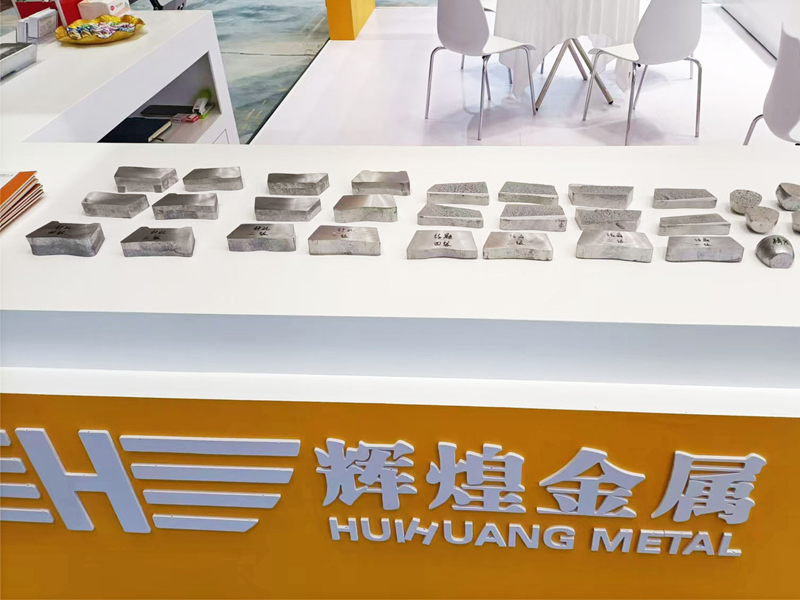
(I) Analysis of Differences in Carbon Footprints
There are significant differences in carbon footprints between recycled aluminum ingots and primary aluminum ingots. The production of primary aluminum ingots mainly involves processes such as bauxite mining, alumina production, anode preparation, electrolytic aluminum production, and aluminum ingot casting. Each process consumes a large amount of energy and generates relatively high carbon emissions. Statistics from the International Aluminium Institute show that the carbon emissions in the production process of one ton of primary aluminum are approximately 20 tons, mainly coming from high-carbon-emission energy consumed in the electrolysis or smelting process.
The production process of recycled aluminum ingots includes pretreatment, melting, and transportation. Its production does not consume bauxite, and the energy consumption is greatly reduced. The European Aluminium Association reported that in 2018, the carbon footprint of primary aluminum in Europe was 8.6t CO2 eq/t aluminum, while that of recycled aluminum was only 0.5t CO2 eq/t recycled aluminum. That is to say, the greenhouse gas emissions of recycled aluminum are 8.1t CO2 eq/t aluminum lower than those of primary aluminum, only 5.8% of that of primary aluminum.
In China, many recycled aluminum projects have also shown significant advantages in energy conservation and emission reduction. For example, the 150,000-ton-per-year recycled aluminum project of Qingchuan Jiaxing Aluminum Industry adopted two new technologies, namely liquid oxygen combustion support and flue gas calcination cycle, which are expected to reduce energy consumption by about 50% and greatly reduce the emissions of nitrogen oxides and sulfur dioxide. Zouping has successively launched five recycled aluminum projects. The recycled aluminum production capacity will reach 1.2 million tons and is expected to reach 3 million tons by the end of the "14th Five-Year Plan", with the proportion of recycled aluminum exceeding 60%. It has achieved a low-carbon transformation from the world's largest primary aluminum production base to a recycled aluminum production center. After the full commissioning of the high-quality recycled aluminum grade-preserving comprehensive utilization project of Nanshan, 100,000 tons of recycled aluminum can be produced from waste aluminum alloys every year. The carbon emissions per ton of recycled aluminum are 0.58 tons, and the energy consumption for recycled aluminum production is only 4.86% of the total energy consumption for primary aluminum production, and the greenhouse effect is only 1/24 of that of primary aluminum production.
(II) Advantages and Significance
Recycled aluminum ingots have many advantages in reducing carbon footprints. First of all, its energy consumption is low. The energy consumption for producing one ton of recycled aluminum is only 400 - 700 kWh, while that for producing one ton of electrolytic aluminum requires 13,500 kWh. Secondly, the carbon emissions are low. Recycled aluminum ingots can reduce carbon emissions by nearly 90% compared with primary aluminum, and a single ton of recycled aluminum can reduce carbon emissions by nearly 18 tons compared with primary aluminum.
Recycled aluminum ingots are of great significance to the environment and the economy. In terms of the environment, the recycling of recycled aluminum can reduce the exploitation of natural resources, lower energy consumption and greenhouse gas emissions, help achieve the goals of carbon peaking and carbon neutrality, and promote the transformation of green development. In terms of the economy, the production cost of recycled aluminum ingots is relatively low, which can relieve the supply pressure of primary aluminum. Meanwhile, with the increasingly obvious trend of lightweighting in the automotive industry, recycled aluminum, as the main metal material for automotive parts, will see a continuous increase in market demand, providing strong support for the low-carbon transformation of the automotive industry. For example, BMW Brilliance has signed memorandums with Henan Shenhuo Group Co., Ltd. and Shuaiyichi New Materials Group Co., Ltd. respectively for green electrolytic aluminum and recycled aluminum, ensuring the demand for high-quality low-carbon aluminum for BMW's automobile production, reducing the carbon footprint of automobile production from the source, accelerating the low-carbon transformation of the automotive supply chain, and promoting the in-depth integration and development of green manufacturing.
IV. The Role of Recycled Aluminum Ingots in Reducing Carbon Footprints
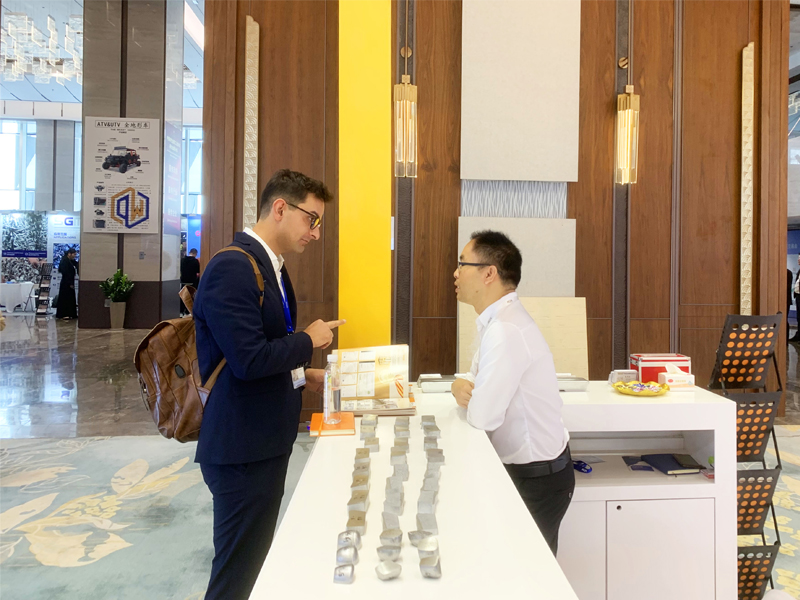
(I) Application Cases in the Industry
In the automotive manufacturing industry, Jaguar Land Rover aims to reduce carbon emissions in aluminum production by up to 26% in the next few years by using materials obtained from recycled resources. Studies have confirmed that recycled aluminum cans, bottle caps, and end-of-life vehicles can be reused and remixed with a small amount of new aluminum to form automotive-grade alloys for new cars. Recycled aluminum has already played a role in Jaguar Land Rover's production. Between September 2013 and March 2020, 360,000 tons of "closed-loop scrap" were used in the production of recycled aluminum for Jaguar products.
Lizhong Wheels applies recycled aluminum and microalloying technologies in the production of low-pressure casting wheels. Taking cast aluminum alloy wheels as the research object, a set of ultra-purification treatment technologies has been developed using various advanced inclusion analysis methods to examine its effect on optimizing the quality of recycled aluminum liquid, and the impact of microalloying on the mechanical properties of recycled aluminum alloys has been studied. After ultra-purification treatment and microalloying treatment, the performance of recycled aluminum wheels is slightly different from that of electrolytic aluminum wheels and can meet the requirements of passenger car wheel products.
In the non-ferrous metal smelting industry, Yinbang Co., Ltd. has actively responded to the national green circular economy policy to reduce energy consumption and improve the working efficiency of equipment. In 2022, the company invested in and established a project with an annual output of 350,000 tons of recycled low-carbon aluminum heat transfer materials for new energy vehicles in Huaibei High-tech Zone through investment and project approval. The company uses recycled aluminum ingots as supplementary production raw materials, further reducing the company's production costs and energy consumption and enhancing the company's competitiveness and comprehensive strength.
The 100,000-ton-per-year recycled aluminum alloy ingot project of Huaxiao Aluminum Industry in Miluo Circular Economy Industrial Park was successfully put into trial production. The newly built melting furnace of the company adopts an advanced temperature control system, organizes production with natural gas as the main fuel, and adopts industry-leading dust removal technology to reduce harmful components in the production process and reduce environmental pollution. After the project reaches full production and operation, it is expected to achieve an annual output value of 500 million yuan and an annual tax revenue of 35 million yuan.
(II) Significance of Industrial Development
The recycled aluminum industry is of crucial significance for carbon reduction in the industry. The "Energy Conservation and Carbon Reduction Action Plan for 2024 - 2025" issued by the State Council has once again emphasized the development of the recycled metal industry. Vigorously developing the recycled metal industry, by the end of 2025, the proportion of recycled metal supply will reach more than 24%, and the proportion of direct alloying of aluminum liquid will increase to more than 90%. The implementation of this plan will effectively promote the development of the recycled aluminum industry, increase the application proportion of recycled aluminum in the non-ferrous metal industry, and thus reduce the carbon emissions of the entire industry.
The development of the recycled aluminum industry helps optimize the industrial pattern. On the one hand, new, renovated, and expanded electrolytic aluminum projects must meet the benchmark level of energy efficiency and the A-level level of environmental performance, and new, renovated, and expanded alumina projects must meet the advanced value of the mandatory energy consumption quota standard. This will prompt enterprises to increase technological transformation and innovation efforts and improve production efficiency and environmental protection levels. On the other hand, with the increase in the output and application range of recycled aluminum, the traditional industrial structure dominated by primary aluminum will be gradually changed to achieve sustainable industrial development.
In the long term, the recycled aluminum industry has a positive impact on the prices of non-ferrous metals. Taking aluminum as an example, the production of one ton of electrolytic aluminum requires 13,500 kWh of electricity and emits about 12 tons of carbon dioxide; while the production of one ton of recycled aluminum only consumes 400 - 700 kWh of electricity and emits only 0.23 tons of carbon dioxide. The implementation of the energy conservation and carbon reduction plan will further promote the development of the recycled aluminum industry, reduce dependence on high-energy-consuming electrolytic aluminum, thereby stabilizing the prices of non-ferrous metals and reducing market volatility risks.
In addition, the development of the recycled aluminum industry will also promote the coordinated development of related industries. For example, in the automotive manufacturing industry, with the increasingly obvious trend of lightweighting in the automotive industry, recycled aluminum, as the main metal material for automotive parts, will see a continuous increase in market demand. This will drive the development of related industries such as automotive parts manufacturing and recycled aluminum recycling, forming a complete industrial chain and promoting the benign interaction and coordinated development among industries.
V. Sources of Carbon Footprints in the Production Process of Recycled Aluminum Ingots
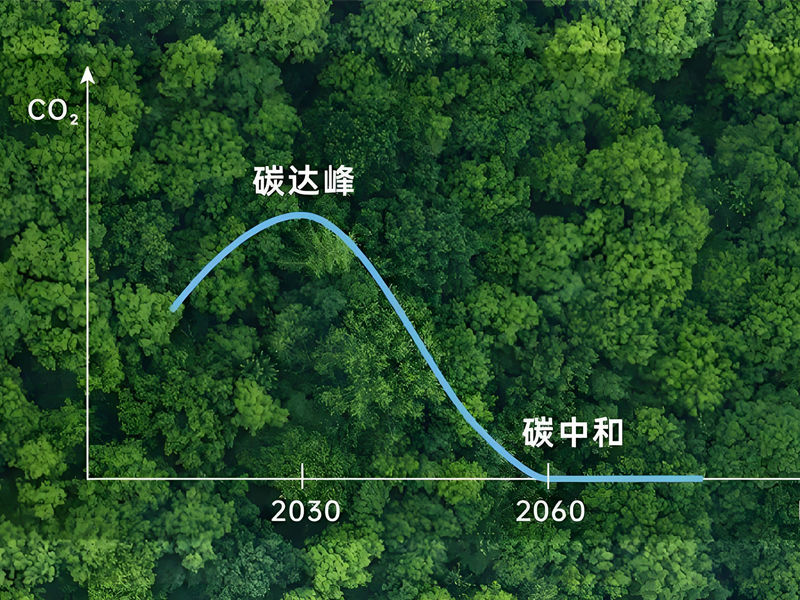
(I) Analysis of Sources of Carbon Footprints
The carbon footprint in the production process of recycled aluminum ingots indeed runs through multiple links. In terms of raw materials, although recycled aluminum mainly uses scrap aluminum as raw materials, avoiding the bauxite mining link, the collection and transportation processes of scrap aluminum will also generate certain carbon emissions. For example, when collecting scrap aluminum, transportation tools may be needed, and the fuel consumption of these transportation tools will emit greenhouse gases such as carbon dioxide.
In the production process, the melting process requires energy consumption. Fuels commonly used, such as natural gas, will generate carbon emissions during the combustion process. Meanwhile, some chemical reactions in the melting process may also release greenhouse gases. For example, the oil stains on the surface of aluminum and the adsorbed moisture will make the aluminum melt contain a large amount of gas during melting, and the process of removing these gases will also generate certain carbon emissions. In addition, the refining process of recycled aluminum also requires energy consumption and may generate some waste gas and slag. Handling these wastes will also increase the carbon footprint.
In the sales process, the packaging, transportation, and storage of products will also generate carbon emissions. For example, the fuel consumption of trucks and other transportation tools used in the transportation process, as well as the energy consumption of lighting, ventilation and other equipment that may be used in the storage process.
(II) Measures to Reduce Carbon Footprints
To reduce the carbon footprint in the production process of recycled aluminum ingots, enterprises can take a series of measures. First of all, optimizing the production process is the key. For example, adopting advanced melting technologies to improve energy utilization efficiency, reduce energy consumption and thus reduce carbon emissions. At the same time, strengthening the treatment of waste gas and slag in the melting process and adopting environmentally friendly treatment technologies to reduce the impact of waste on the environment.
Improving resource utilization efficiency is also an important means. In the sorting and classification process of scrap aluminum, more detailed and accurate classification should be carried out to make the chemical composition of recycled aluminum easier to control, reduce the mixing of unnecessary impurities, thereby improving product quality and reducing carbon emissions caused by impurity treatment.
In addition, enterprises can strengthen cooperation with upstream and downstream enterprises in the supply chain. Cooperating with scrap aluminum suppliers to optimize the collection and transportation methods of scrap aluminum and reduce carbon emissions in the transportation process. Cooperating with customers to optimize product packaging and transportation schemes to reduce the carbon footprint in the sales process.
At the same time, enterprises should actively participate in the development and utilization of green energy. For example, using renewable energy such as solar energy and wind energy to provide energy for the production process, reducing dependence on traditional fossil energy and thus reducing carbon emissions.
Furthermore, strengthening environmental protection training for employees, improving their environmental protection awareness, so that they can actively take environmental protection measures in their daily work and jointly contribute to reducing the carbon footprint in the production process of recycled aluminum ingots.








